Citroën C5 X makes a bold design statement
As Citroën enters a new era as part of the Stellantis Group, global design director Pierre Leclercq explains why design is still so integral to the French company’s vision
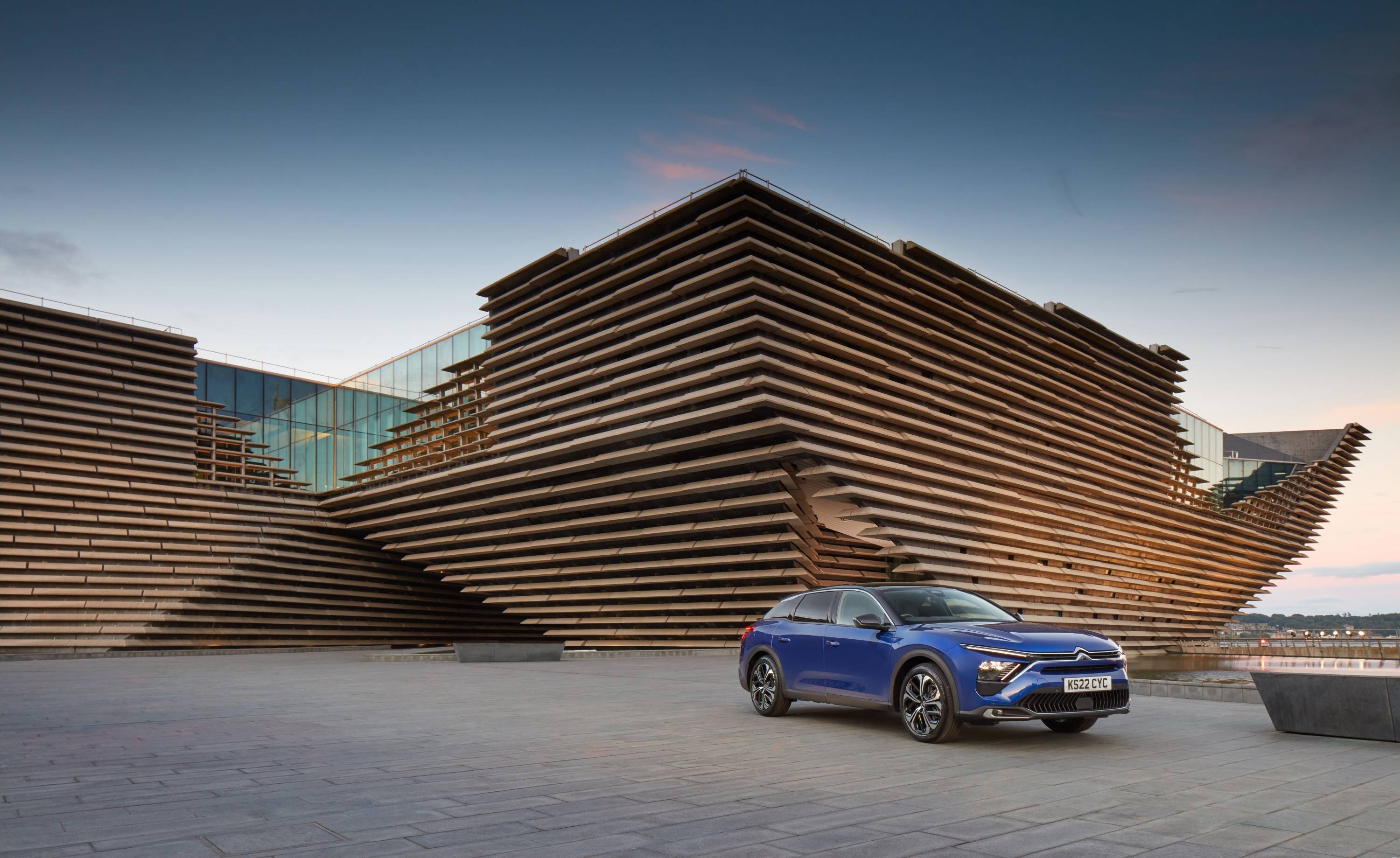
One thing is certain about the new Citroën C5 X: it stands apart from convention. Not an SUV, nor a saloon, the company’s new flagship is what the industry dubs a ‘crossover’, a vehicle that smooshes together various different approaches to design and packaging.
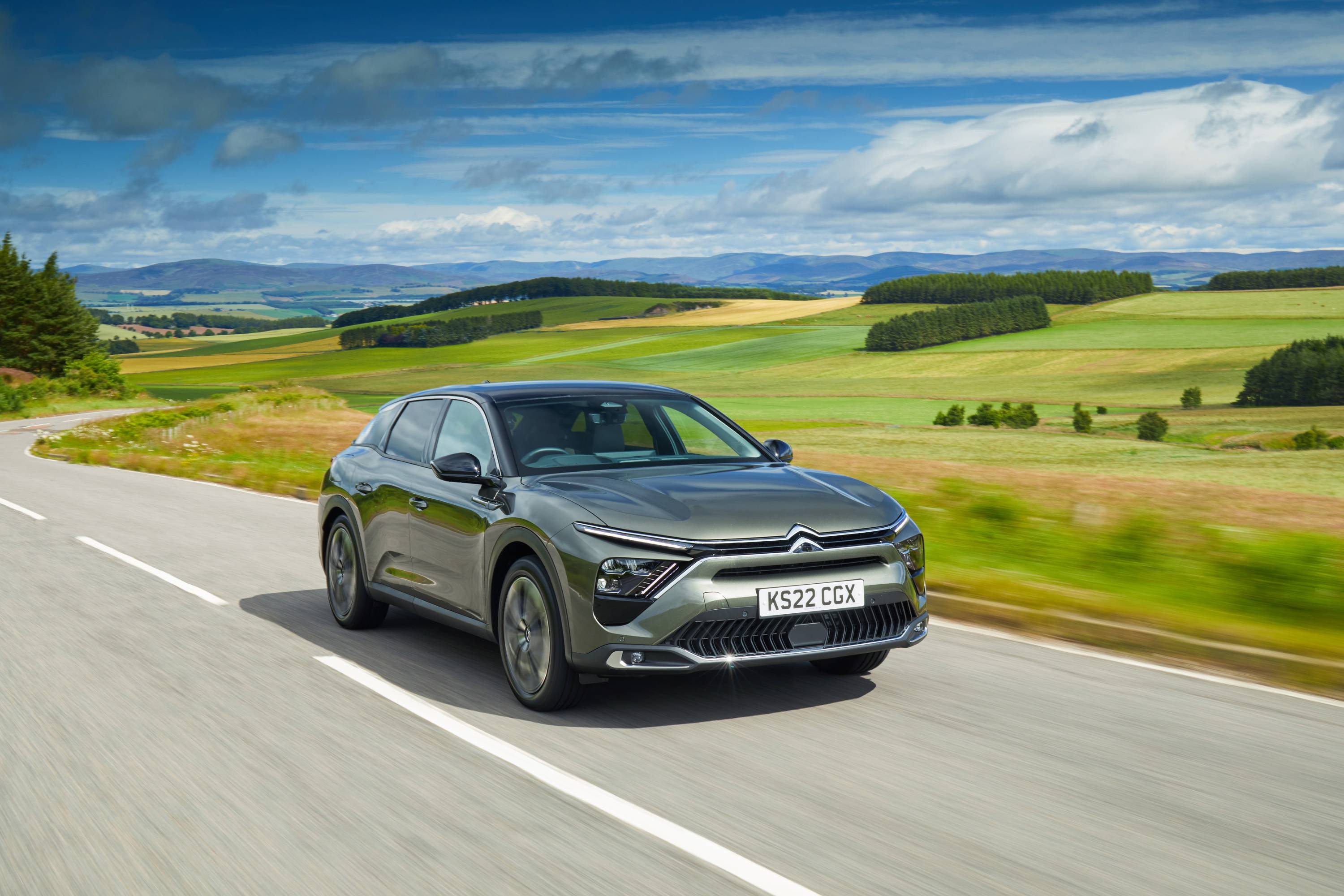
Although saloon cars and estates fell out of favour in the face of the all-conquering SUV, the writing is on the wall for big, heavy cars.
Unsurprisingly, after a couple of decades of using 4x4s to boost profit and status, many car makers are now struggling to work out what comes next. For Citroën, a long-time specialist in innovative, individual, and quirky design, it’s a gift.
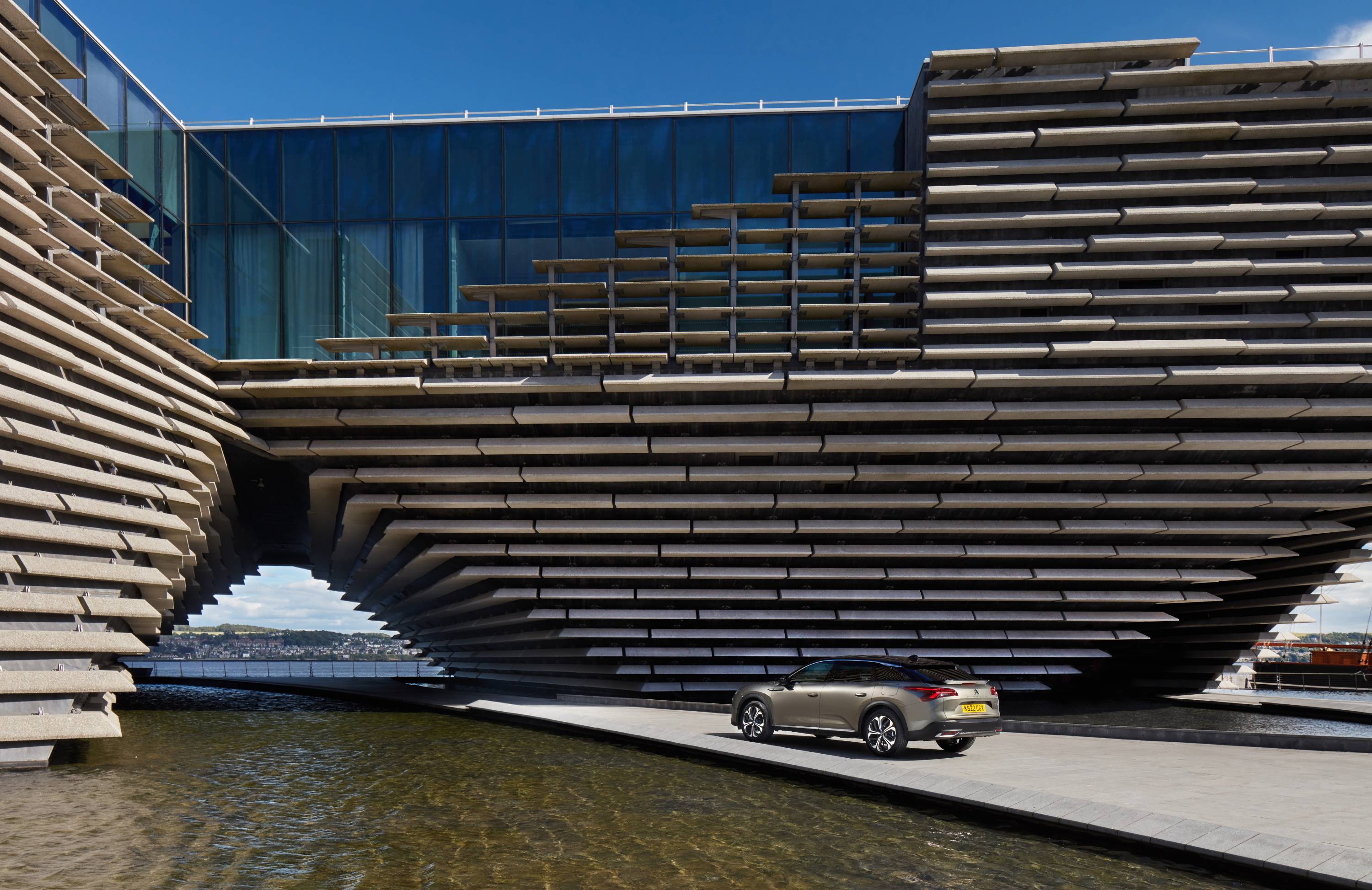
The Citroën C5 X photographed at Kengo Kuma's V&A Dundee
The C5 X is an excellent car. Available as both a powerful plug-in hybrid with a 37-mile pure electric range and a more conventional petrol engine, it majors on comfort, quality, and refinement.
Citroën doesn’t really do screaming performance or apex-busting handling, and given the way car culture is going, it’s doing the right thing.
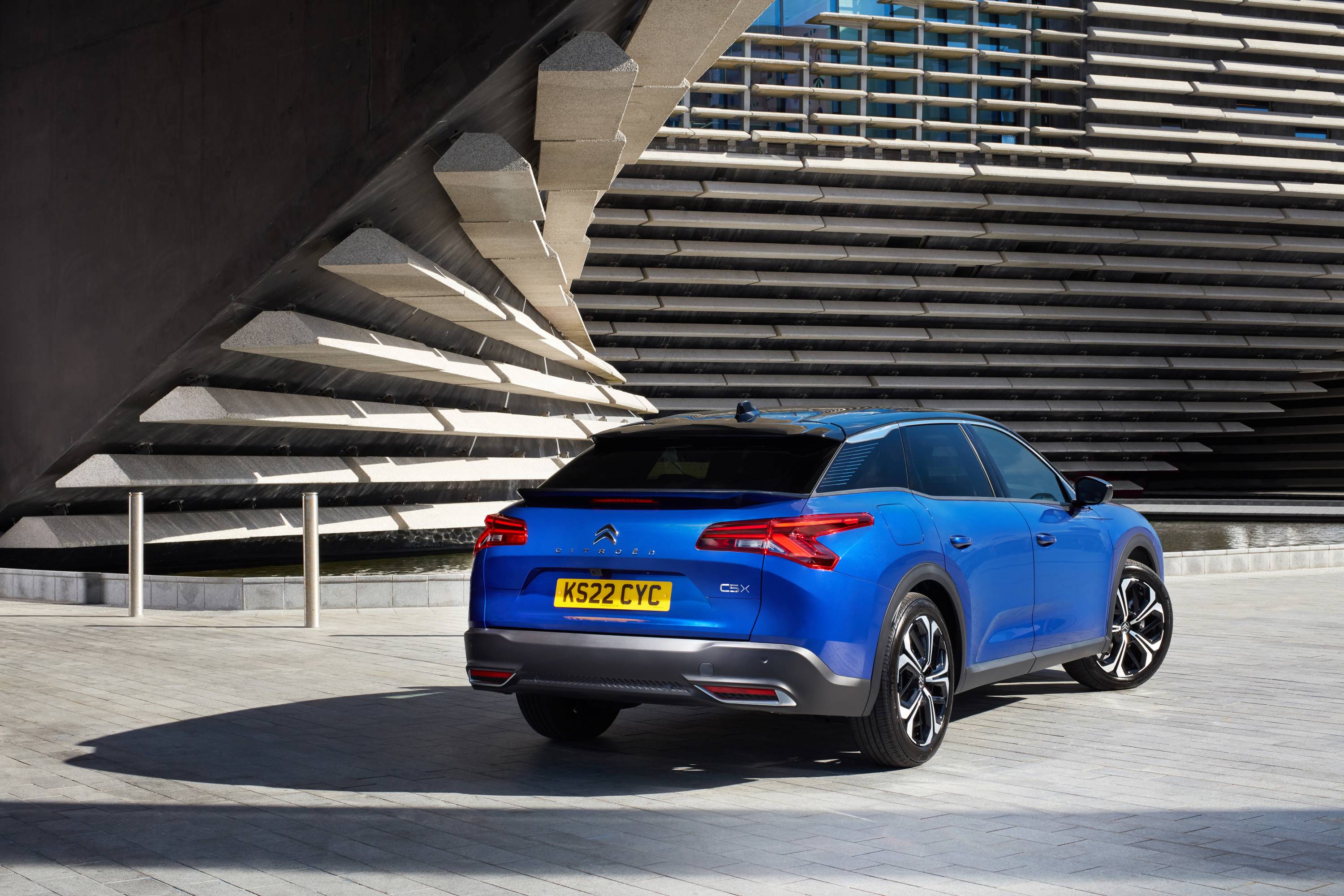
Citroën’s big cars have always been ahead of the curve when it comes to technology, although it’s often been a lonely path that few others bothered to follow.
Cars like the DS, CX, and XM used sophisticated hydro-pneumatic suspension for a gliding, limousine-like ride, along with power-assisted steering and brakes long before anyone else.
Receive our daily digest of inspiration, escapism and design stories from around the world direct to your inbox.
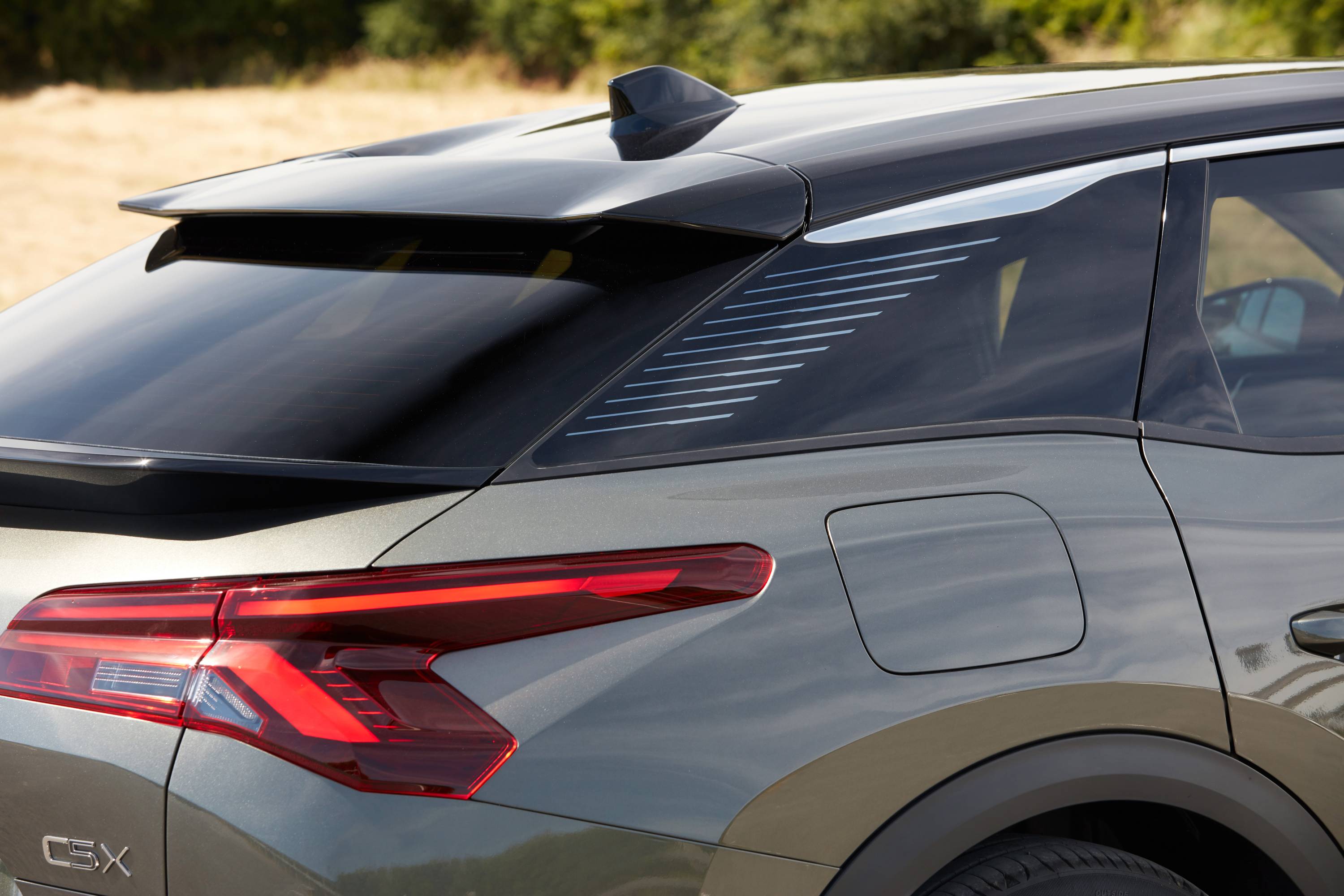
At 4.8m, the C5 X is a big car, yet it manages a very low drag co-efficient of 0.29, thanks to the long roof and tapered tail.
Citroën’s chevron logo has been cleverly integrated into the bonnet and grille and while the general proportions aren’t art school perfect, the whole package gives off a strong sense of having been carefully thought about.
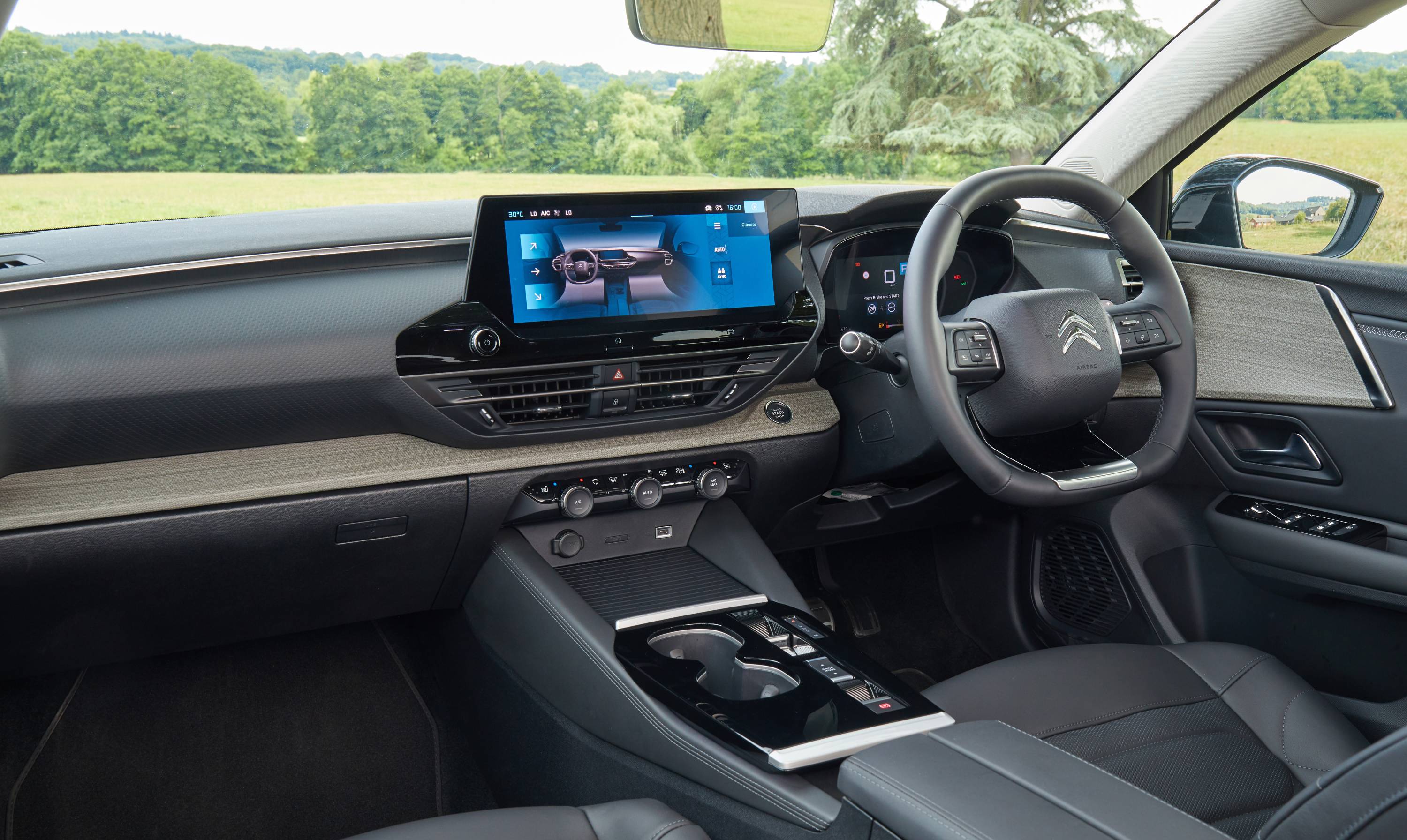
The company describes the interior as ‘lounge-like’, but actually it shares something of the sci-fi ambience of its predecessors. It’s different from the norm and all the better for that.
The hybrid might be the top of the tech tree, but the entry-level petrol version rides just as well. Inside, there’s plenty of space thanks to the estate-like rear profile (although the days of three-row seven-seaters are sadly long gone thanks to safety and packaging issues).
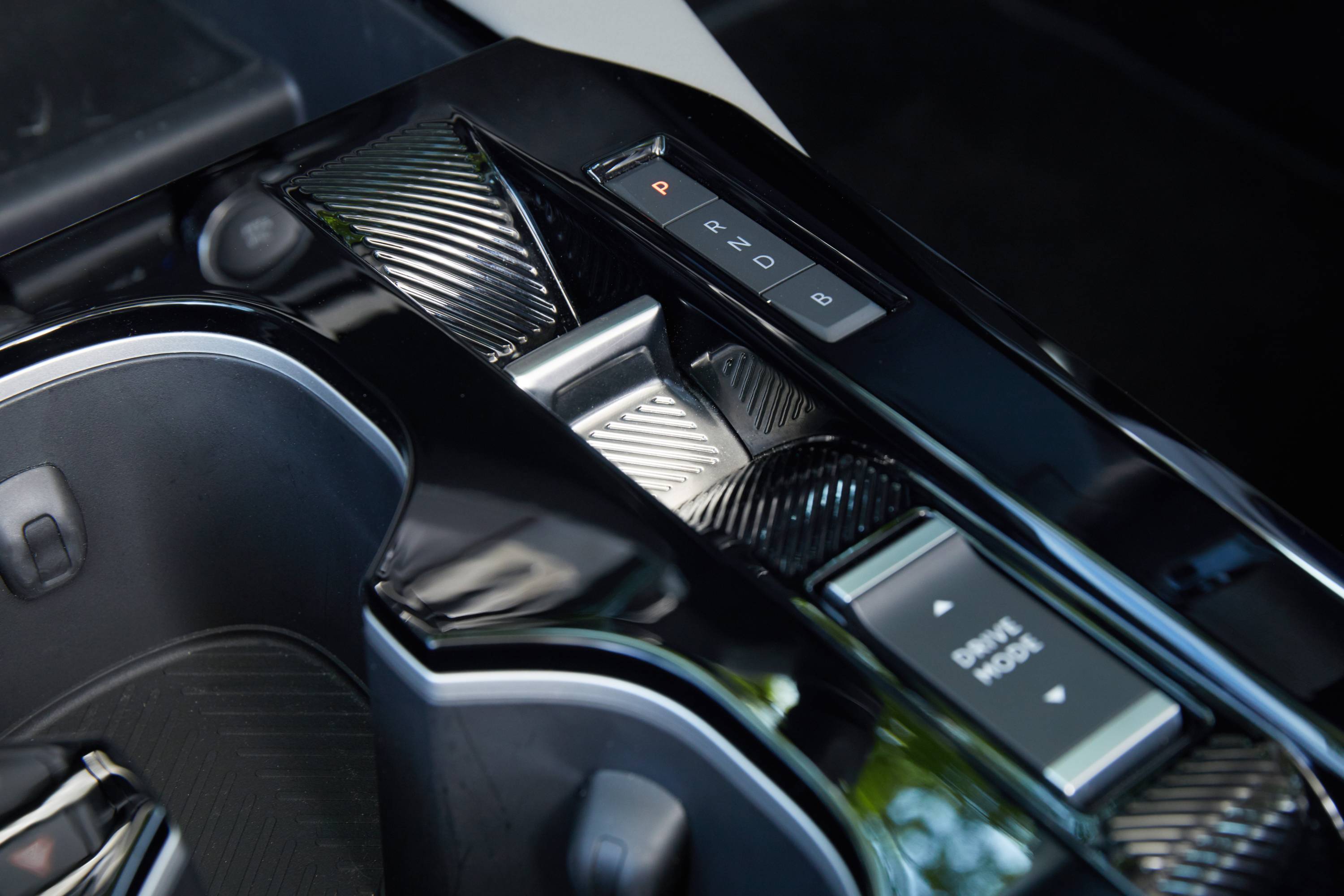
There’s a lot of talk about ‘moving the Citroën brand forwards’, especially in markets like the UK (and to a much lesser extent the US) where there is a huge amount of residual good feeling towards the brand.
Stunts like exhibiting the DS without any wheels as if it were a genuine flying machine, along with campaigns like the 1980s-era CX advert, with a giant robotised Grace Jones spitting a car out into a desert landscape, have given Citroën creative cachet that it never quite lost.
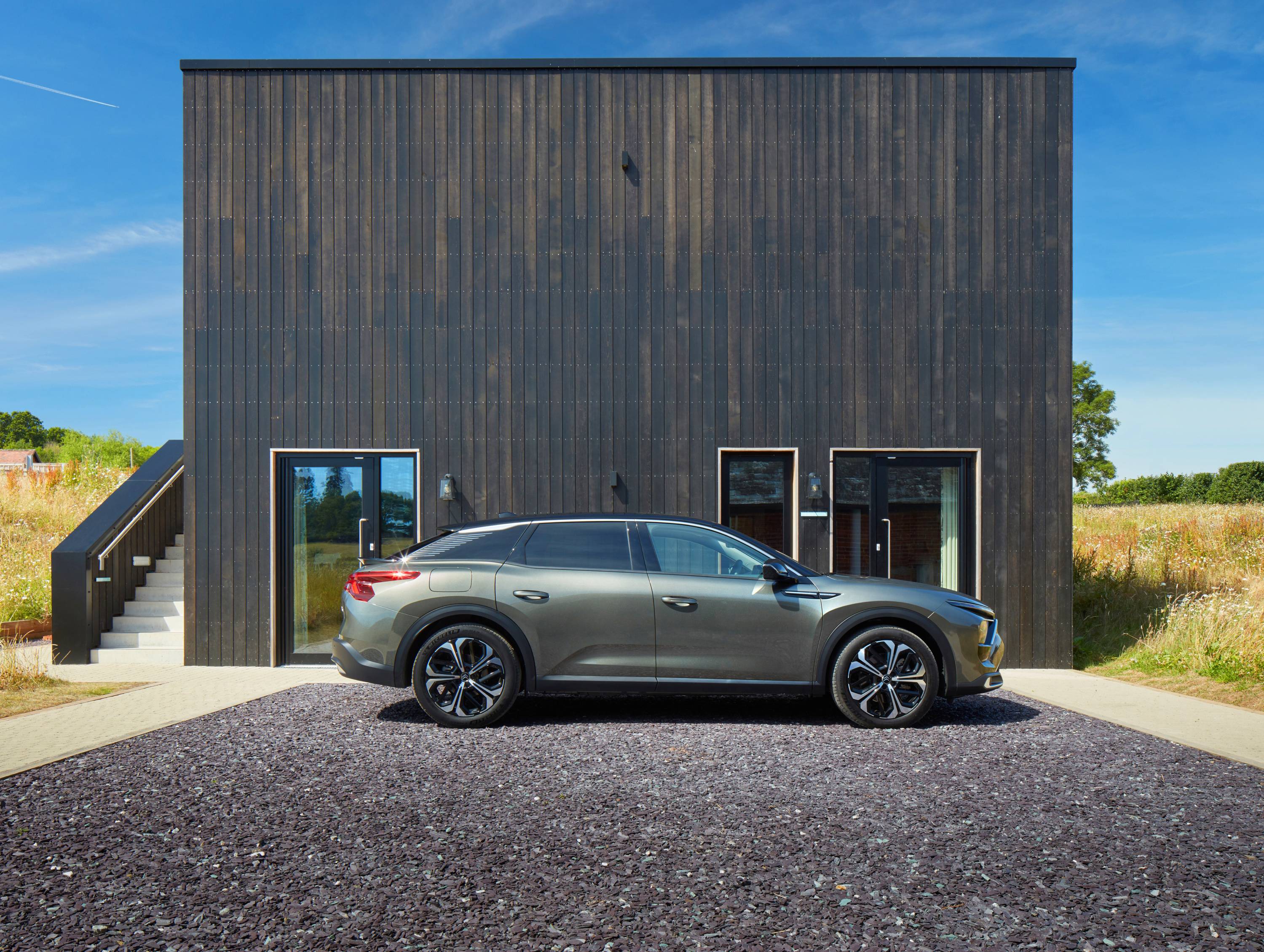
As well as experiencing the Citroën C5 X’s smooth competence on the road, we also spoke with the company’s global design director, Pierre Leclercq, to talk strategy, styling, and what comes next.
Over the course of his career, Leclerq has helped shape BMW’s design strategy, worked behind the scenes on projects like Marc Newson’s legendary Ford 021C concept, and been design director at both Chinese manufacturer Great Wall Motors and Kia Motors in South Korea.
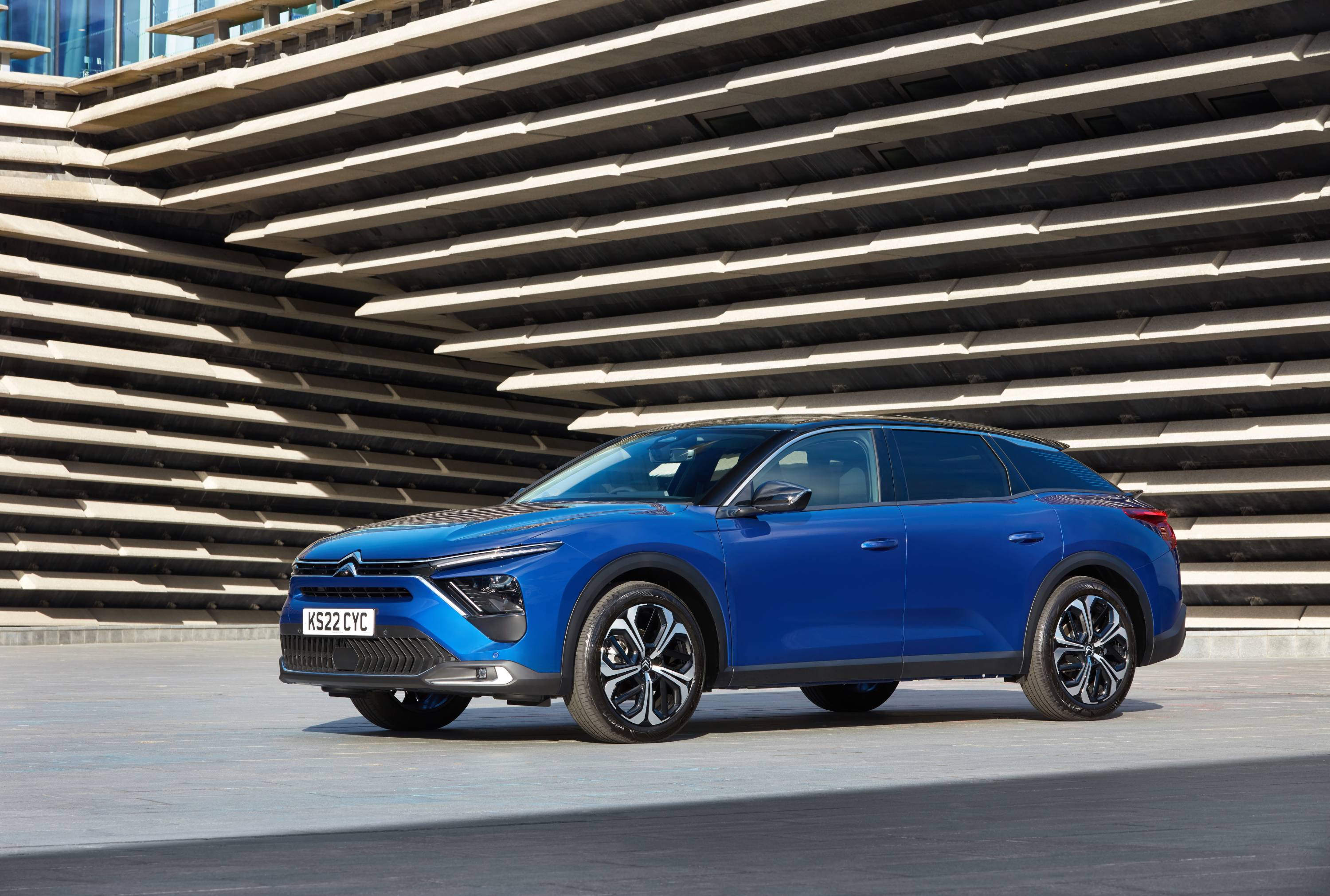
Wallpaper*: Where do you think Citroën stands within the Stellantis Group?
Pierre Leclercq: We've been in this group for a little more than a year now. You would have thought it would be difficult to find our identity within 14 different brands. But the design teams meet four times a year to see each other’s projects and what they’re doing. For me, our design direction is really clear – we are different brands for different customers, with different solutions. Obviously, when you see something like Citroën Ami it’s so courageous and so Citroën. We are the most atypical car brand – it brings us to new ways of working and new solutions.
W*: Do you think Citroën has a flexible, avant-garde image that lets you go to places other brands might not be able to?
PL: Completely. We work a lot with Fiat and Peugeot, of course. We’re all mainstream brands, but with completely different results. Fiat has a dolce vita spirit and retro design [see the new Fiat 500 EV] that works perfectly for them. Peugeot is incredibly strong in terms of design [see the Peugeot 508], probably with a more aggressive sportiness than what we do. At Citroën we always try to be disruptive, although perhaps it is more of a chaotic approach than other brands.
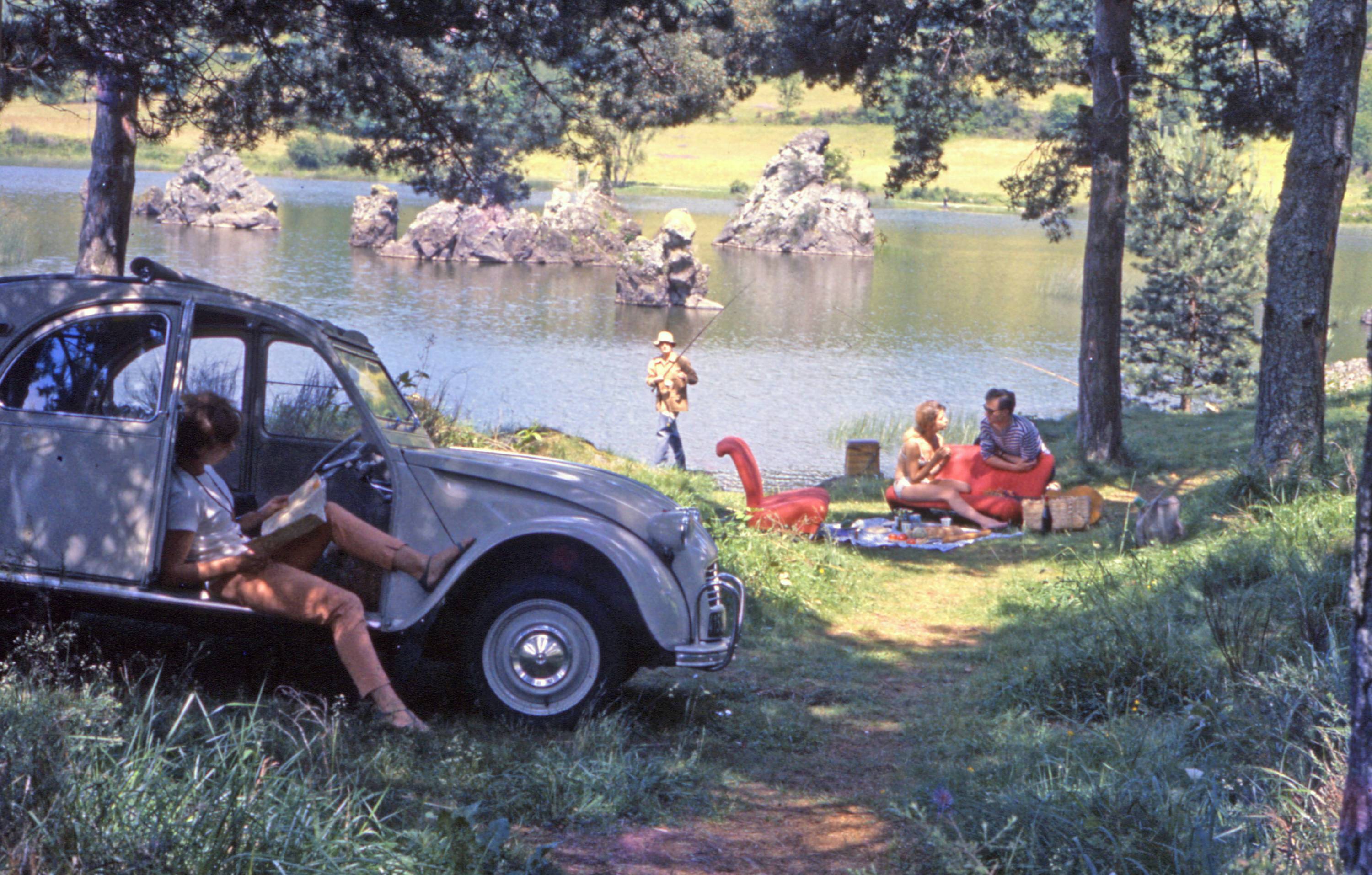
The peerless, classless Citroën 2CV
W*: The C5 X feels like a brave car for Europe today, although you’ve always had that eclectism as a brand, with a 2CV sold alongside a DS, for example. Do you think we’re going to start seeing more crossovers and people moving away from SUVs?
PL: Electric platforms give us different proportions, and lower cars have better aerodynamics. We will probably end up making cars that are fresh and different from what we know as SUVs today.

The Citroën CX, European Car of the Year 1975
W*: Citroën doesn’t seem to have a strong historic connection to a particular engine. Is that quite refreshing as a designer, not having that association to maintain?
PL: We’re definitely not a performance-orientated company – we leave that to other brands. With the C5 X, even with a small engine, you can experience how much we push for comfort and serenity.
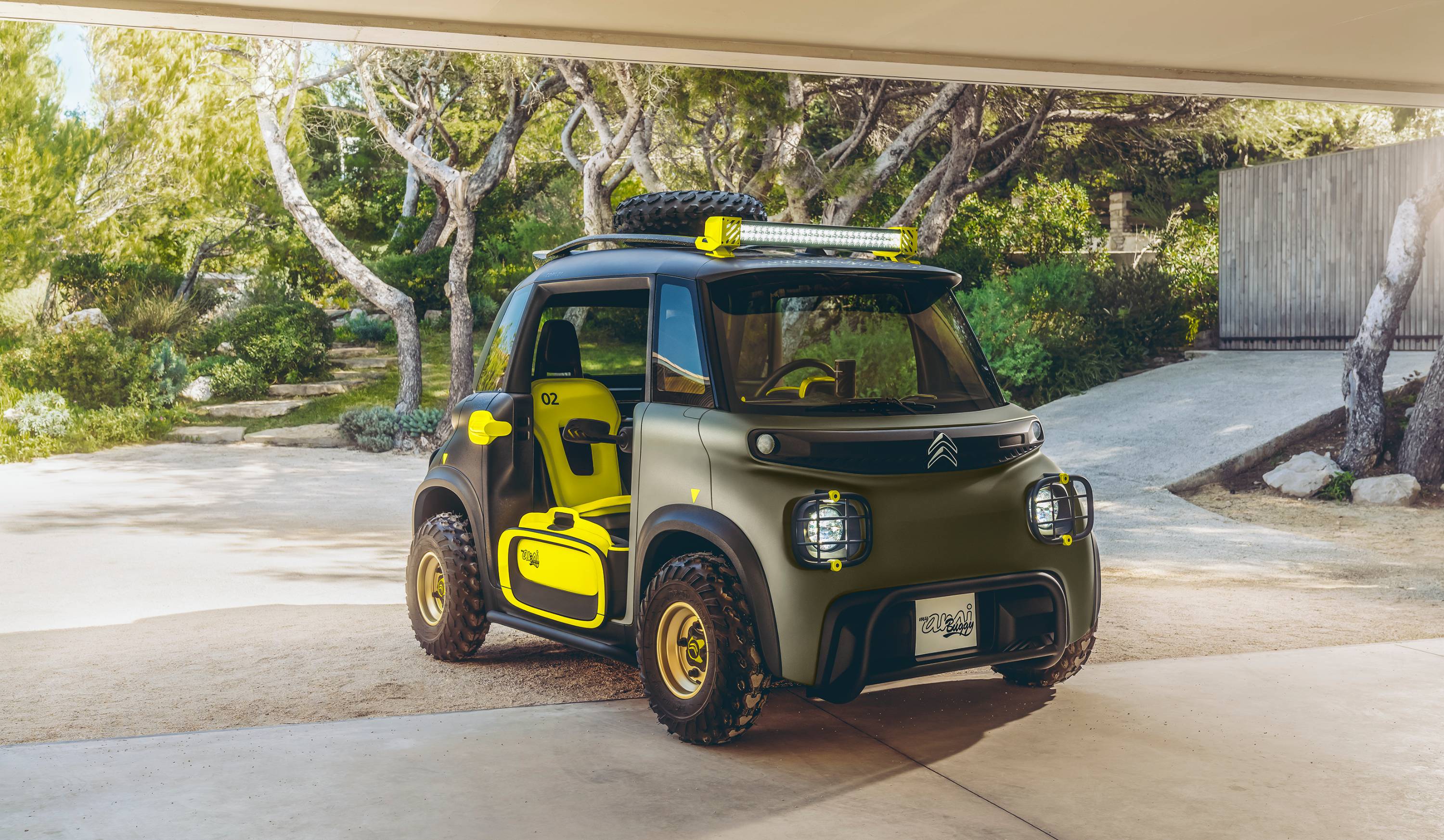
Citroën AMI
W*: There also seems to be space at the bottom end of the market, although it’s hard to make small, inexpensive EVs, for something like an electric equivalent of the 2CV?
PL: For sure. The Ami has something of the 2CV about it, not because it looks like the 2CV, but because the design brief was very disruptive, and we had to work very closely with engineering. It’s our role at Citroën to bring mobility for all. But also what we need to do is create an iconic vehicle that is supremely practical and affordable, because that’s what our customers want.
W*: Is it difficult for Citroën to combine its status as something of a cult brand with that of a mass-market manufacturer?
PL: My answer is yes, yes, yes. There have been products in the motor industry that only designers loved but which didn’t really sell. But to be honest that doesn’t interest me so much. A product is great when it sells a lot. If you look at Ami in terms of sales, it’s quite surprising because it was a big risk for the company, but it has worked.
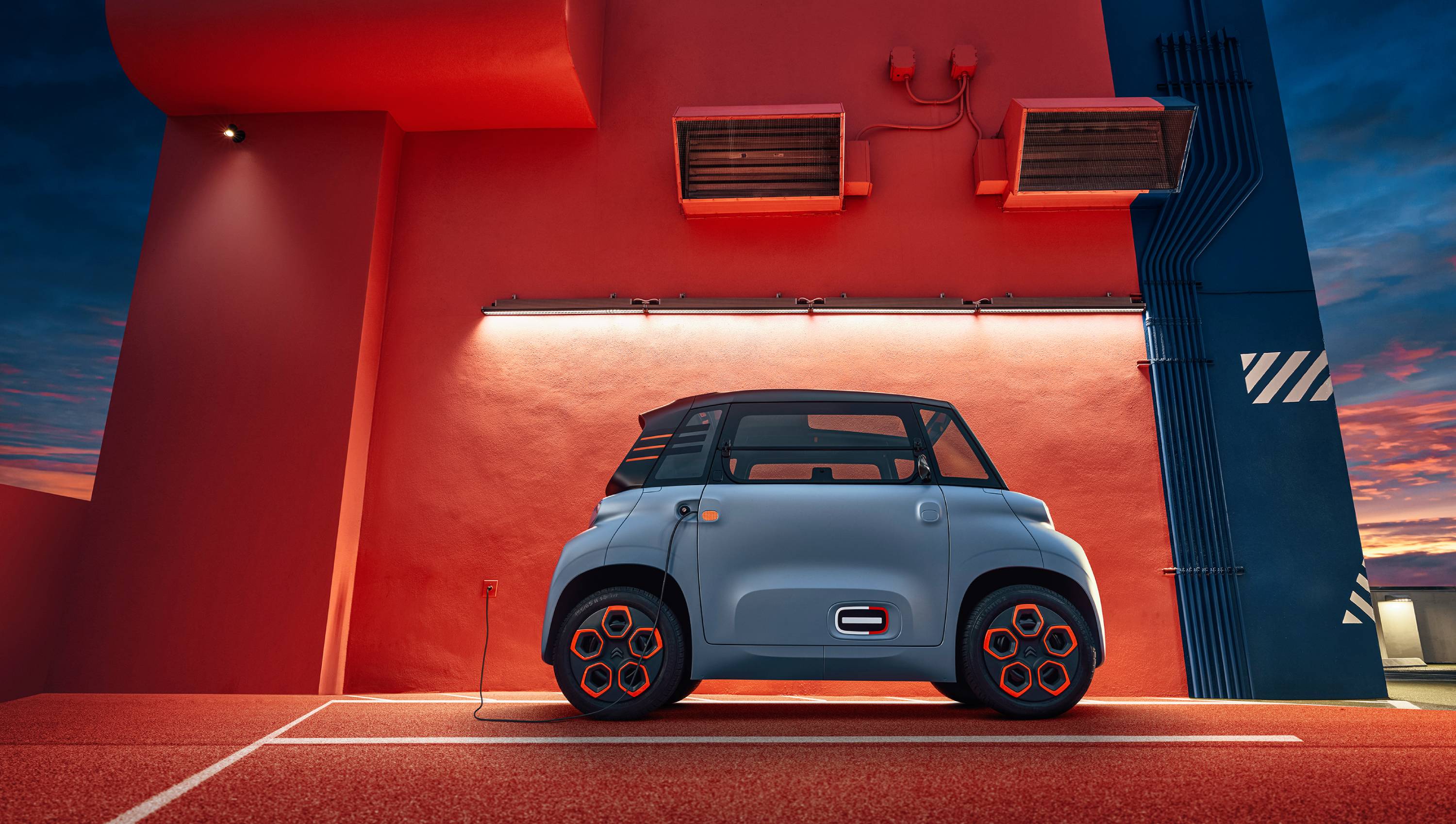
Citroën Ami
W*: What about the need to use a modular approach to design to create flexibility?
PL: That is a must when you’re in a group of 14 brands. Within a car, there’s also another level of modularity and accessories. We did this with Ami, in particular. The intention of the brand is to become more international. We’re trying to reach more markets like South America, India, Asia and not be so Euro-centric. We’re always trying to push the company forward, while our CEO, Vincent Cobée, probably has the strongest ethics of any CEO I’ve worked with.
W*: What comes next?
PL: We have a concept car coming in a few weeks. Next year there will be more big projects, with a change of brand identity. 2023 is going to be a very big year for Citroën.

INFORMATION
Citroën C5 X, from £ 26,750
Jonathan Bell has written for Wallpaper* magazine since 1999, covering everything from architecture and transport design to books, tech and graphic design. He is now the magazine’s Transport and Technology Editor. Jonathan has written and edited 15 books, including Concept Car Design, 21st Century House, and The New Modern House. He is also the host of Wallpaper’s first podcast.
-
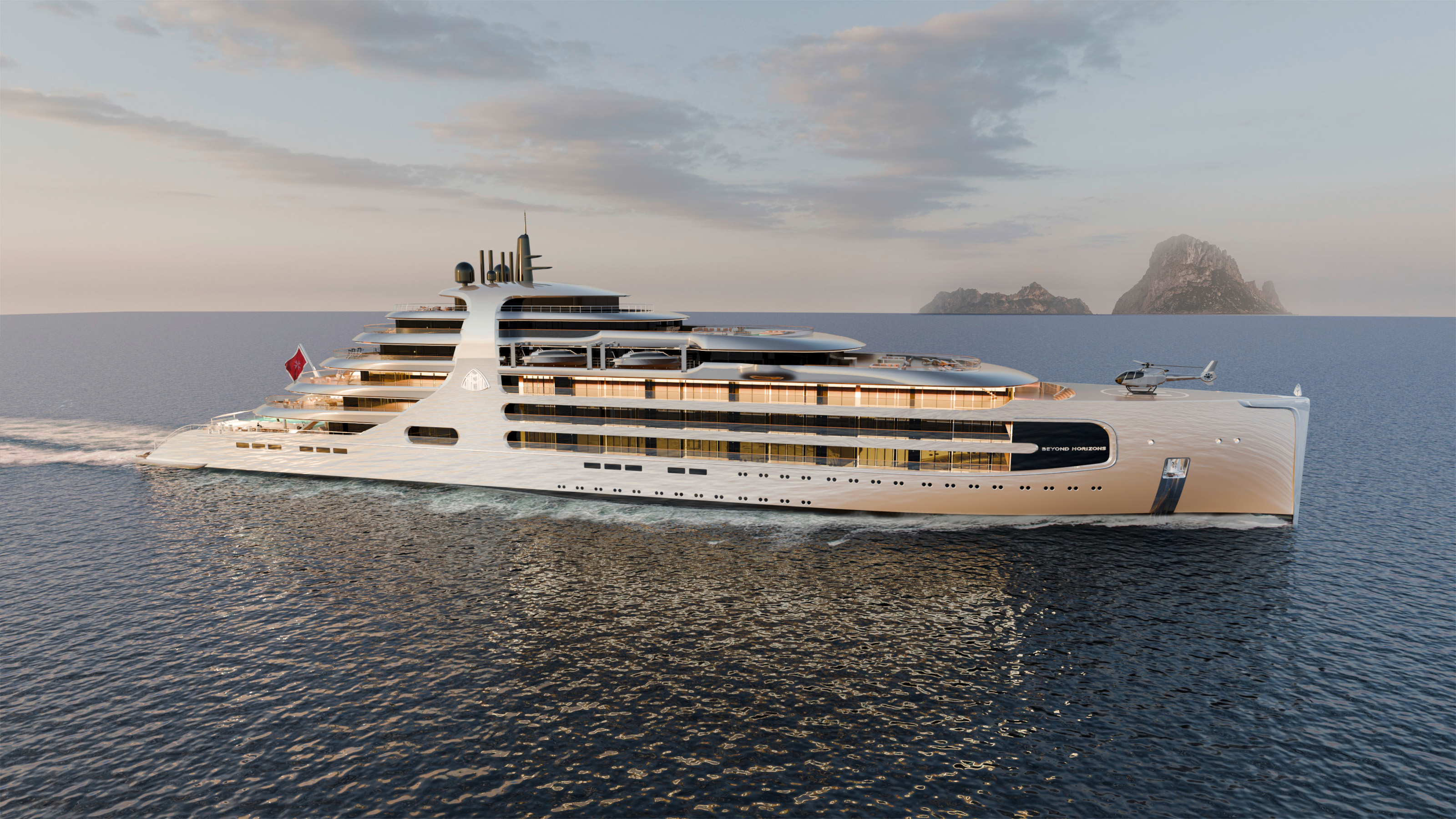 The Maybach Ocean Club is a floating members’ club for the super-rich
The Maybach Ocean Club is a floating members’ club for the super-richMercedes-Benz Places, the carmaker’s property arm, has announced the upcoming Maybach Ocean Club, a ship-based enclave inspired by automotive luxury
-
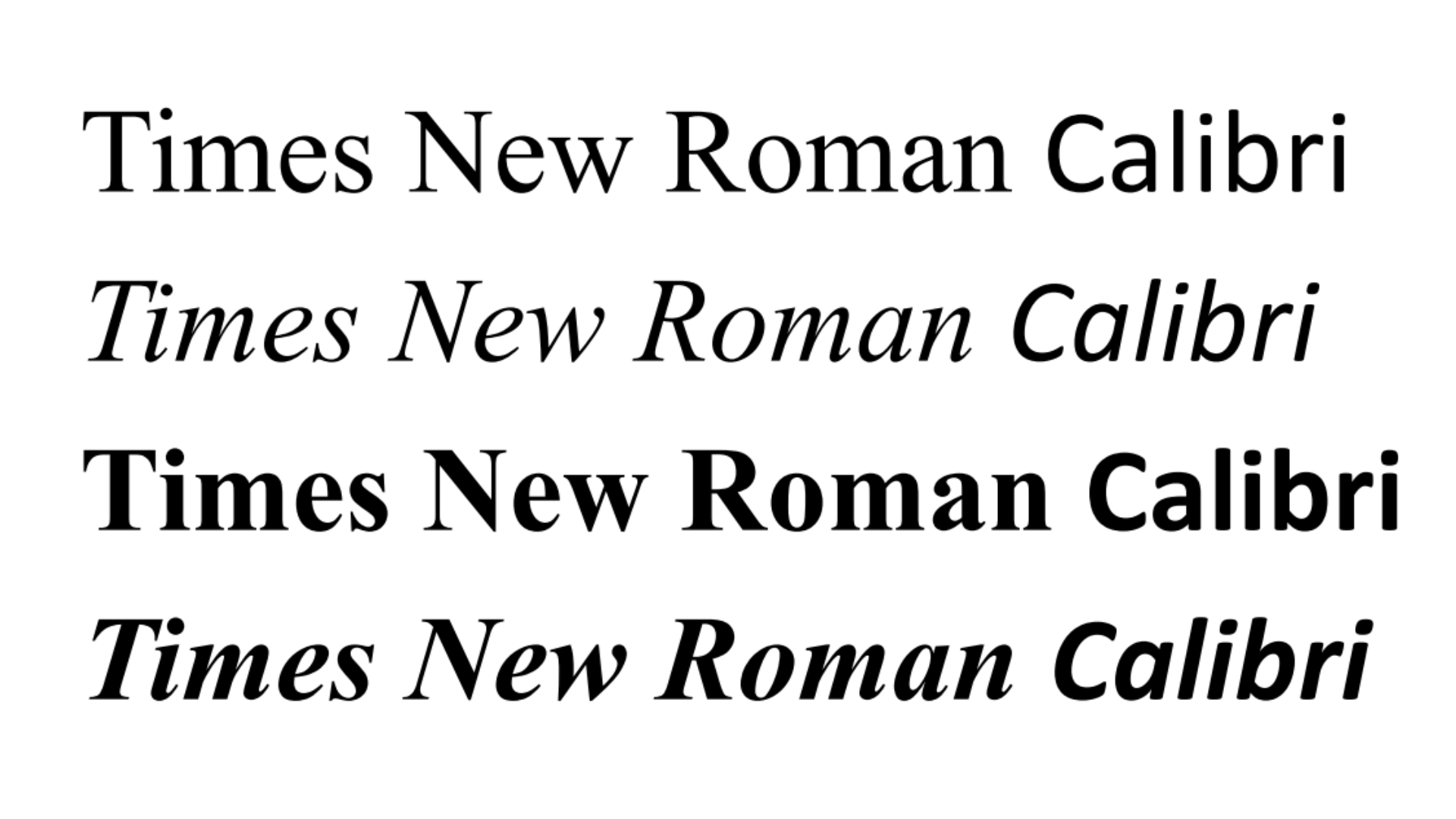 Is the Calibri typeface 'woke'? We asked its designer
Is the Calibri typeface 'woke'? We asked its designer'It's more a compliment than something bad for me,’ says the Dutch type designer Lucas de Groot
-
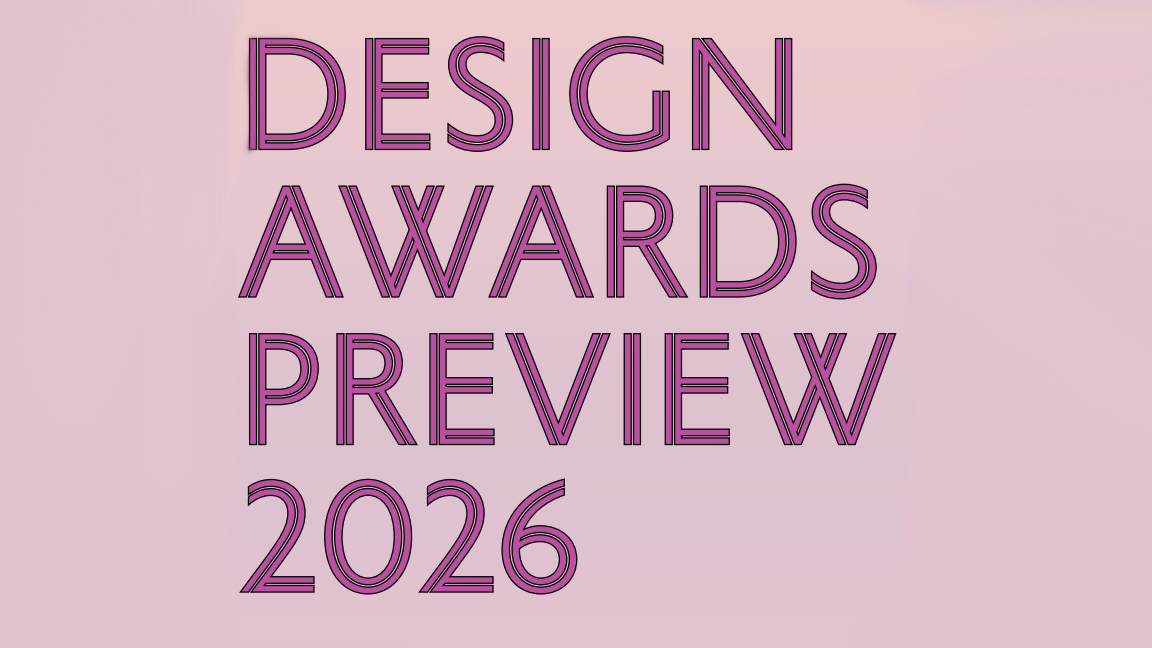 The Wallpaper* Design Awards are back in 2026 – see who's shortlisted
The Wallpaper* Design Awards are back in 2026 – see who's shortlistedOur annual design awards returns in January – here are the first shortlisted nominees
-
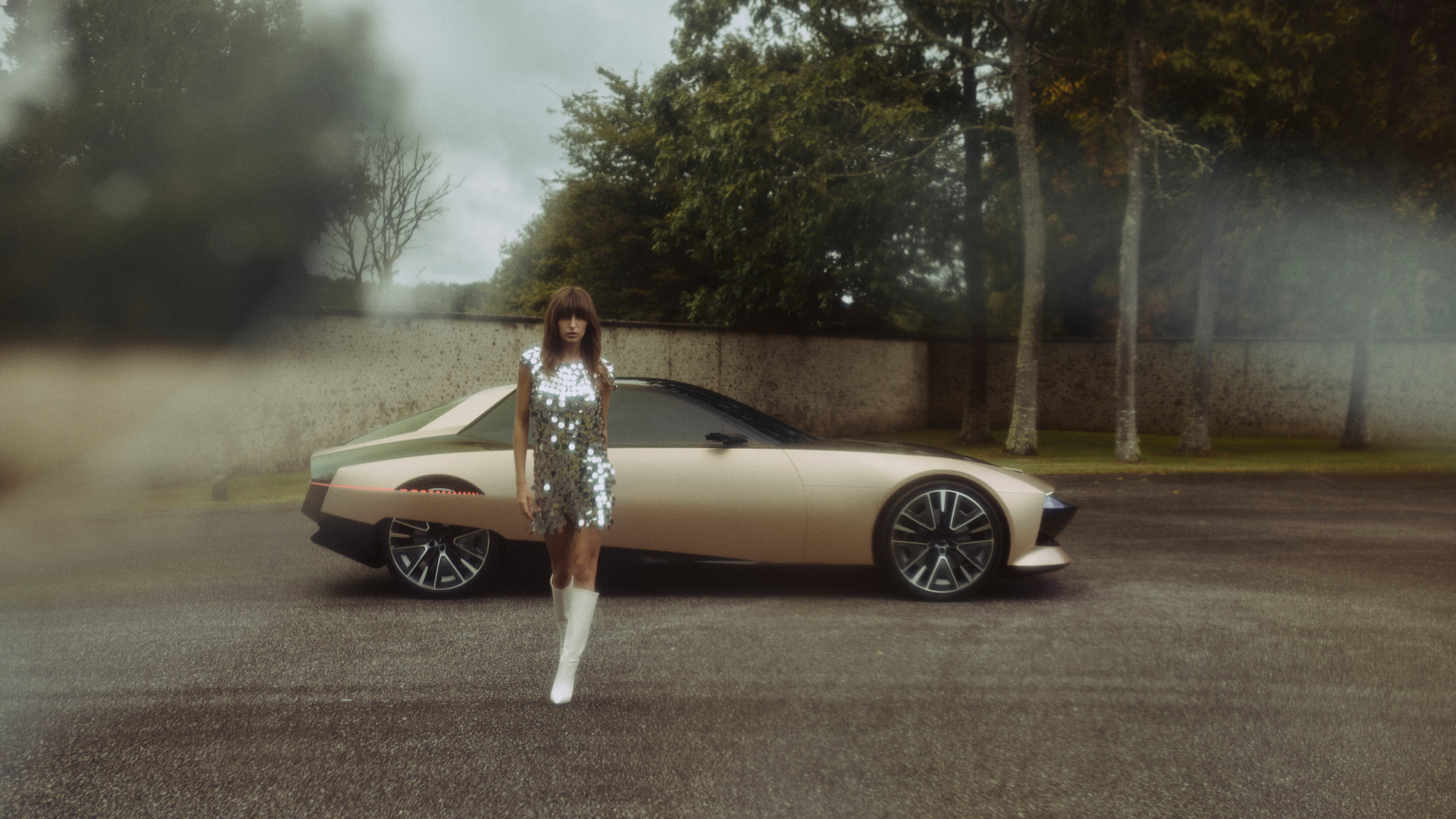 SM Tribute by DS Automobiles marks ten years of the brand and signals bold things to come
SM Tribute by DS Automobiles marks ten years of the brand and signals bold things to comeThis spectacular concept car pays homage to one of the most iconic Citroën designs of all time, the 1970 SM by Robert Opron
-
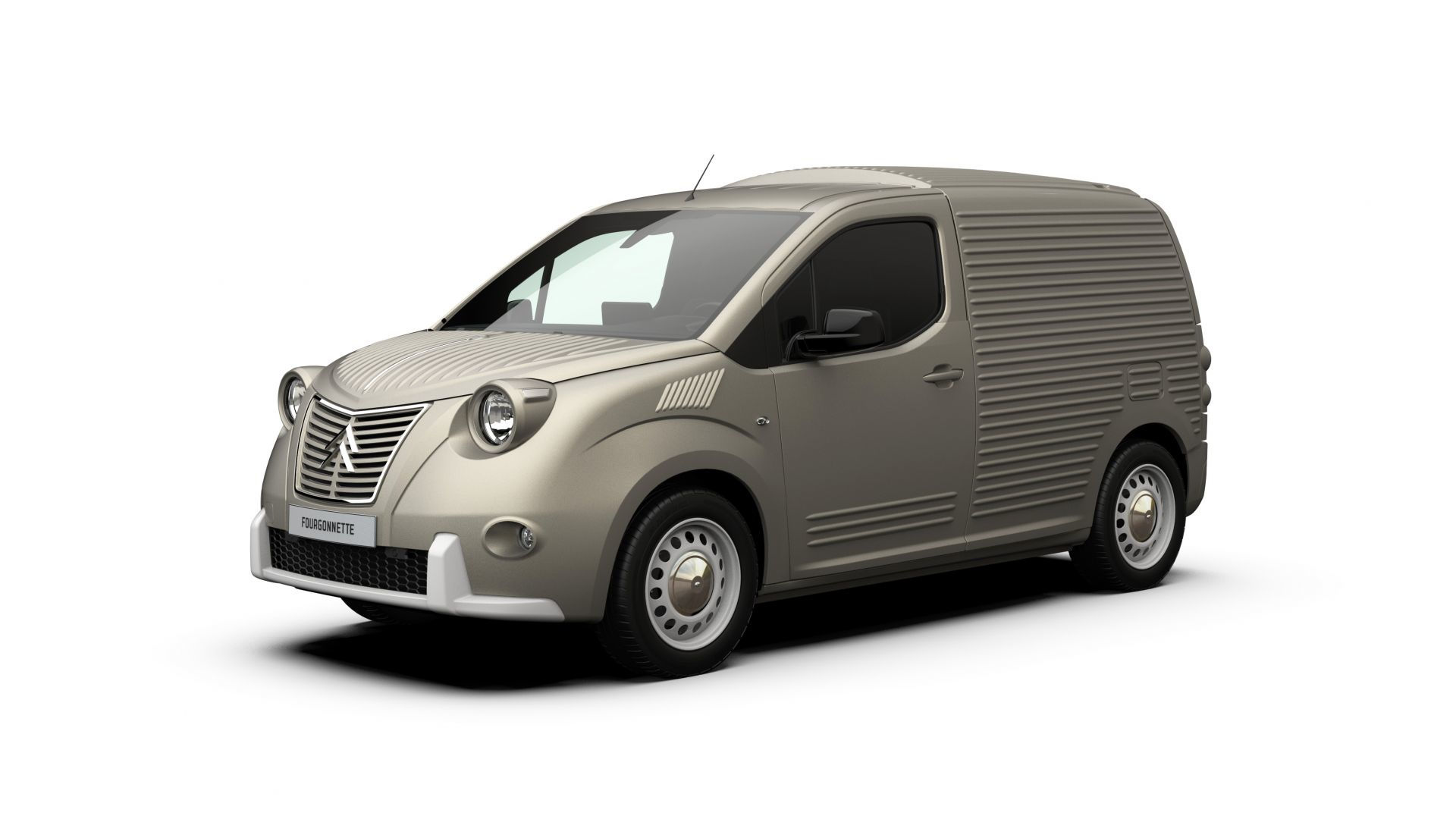 Carrosserie Caselani’s Fourgonnette is a retro van for bold businesses
Carrosserie Caselani’s Fourgonnette is a retro van for bold businessesThis updated Fourgonnette, inspired by the legendary Citroën 2CV, cloaks a conventional Citroën commercial vehicle in a stylish retro skin
-
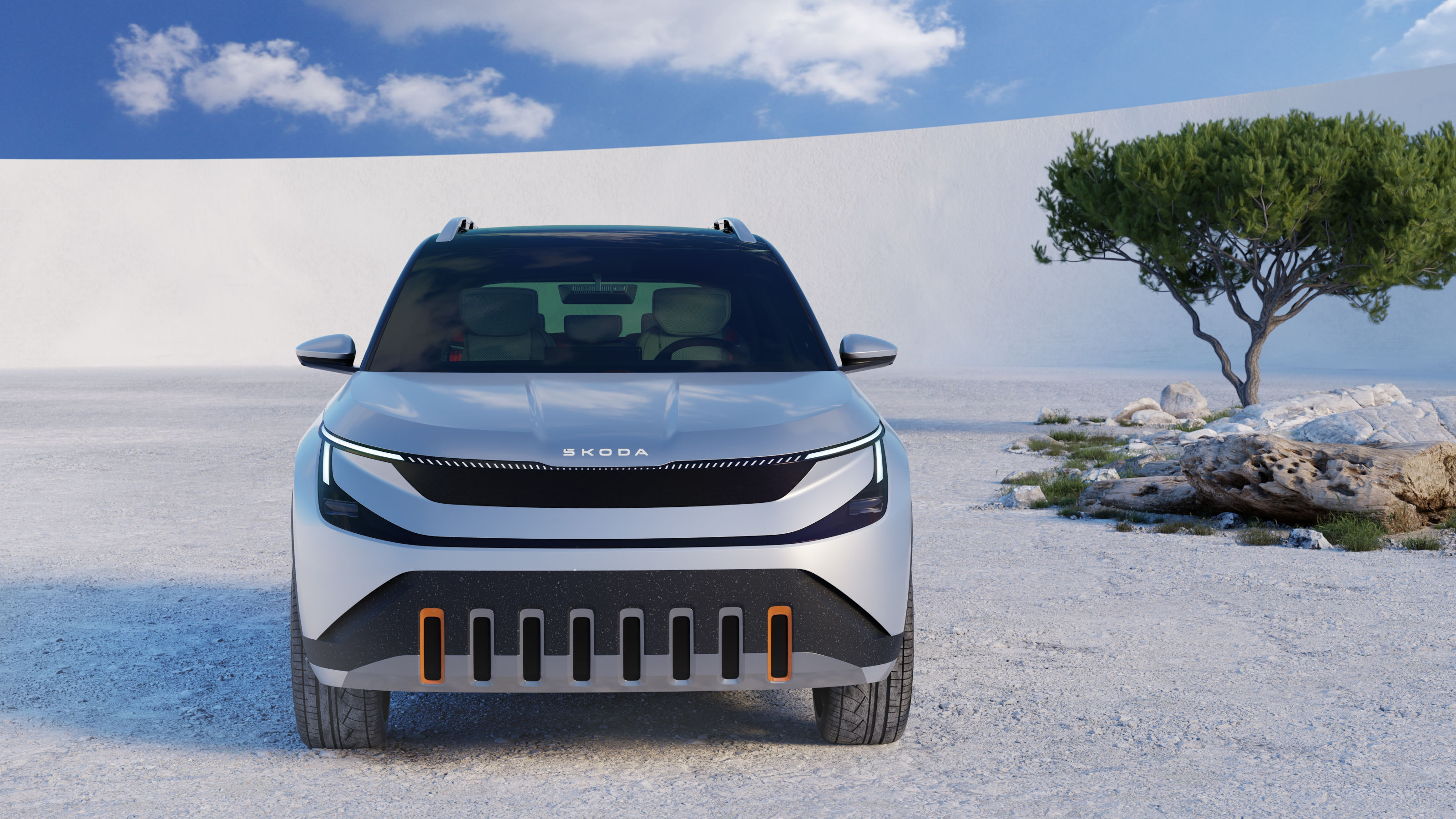 Coming soon: a curated collection of all the new EVs and hybrids that matter
Coming soon: a curated collection of all the new EVs and hybrids that matterWe've rounded up new and updated offerings from Audi, Porsche, Ineos, Mini and more to keep tabs on the shifting sands of the mainstream car market
-
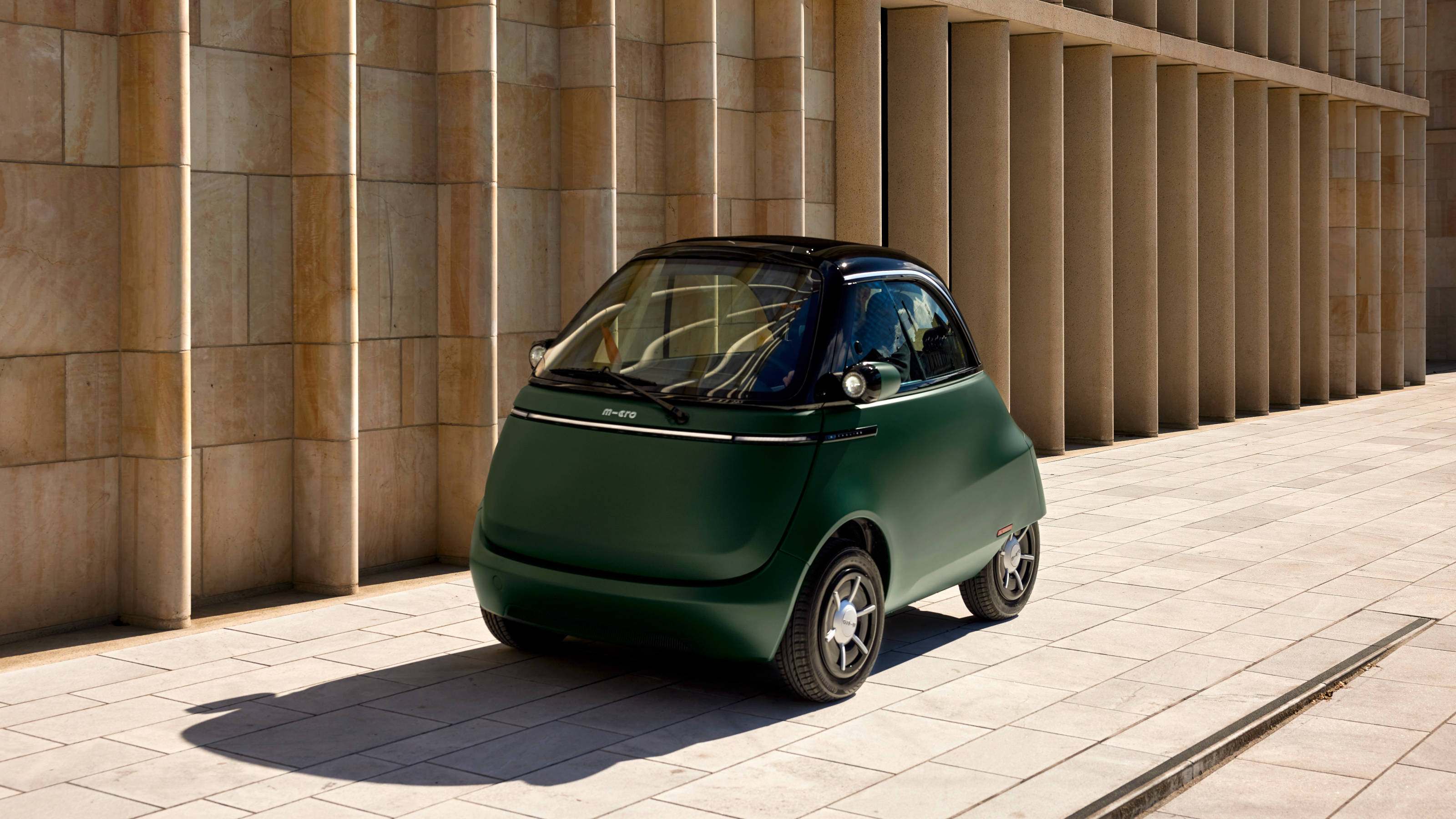 Microcar madness: three new ultra-compact electric city cars
Microcar madness: three new ultra-compact electric city carsThese two-seater electric microcars are the ultimate errand machines, designed for short hops and small spaces, all with a minimal footprint
-
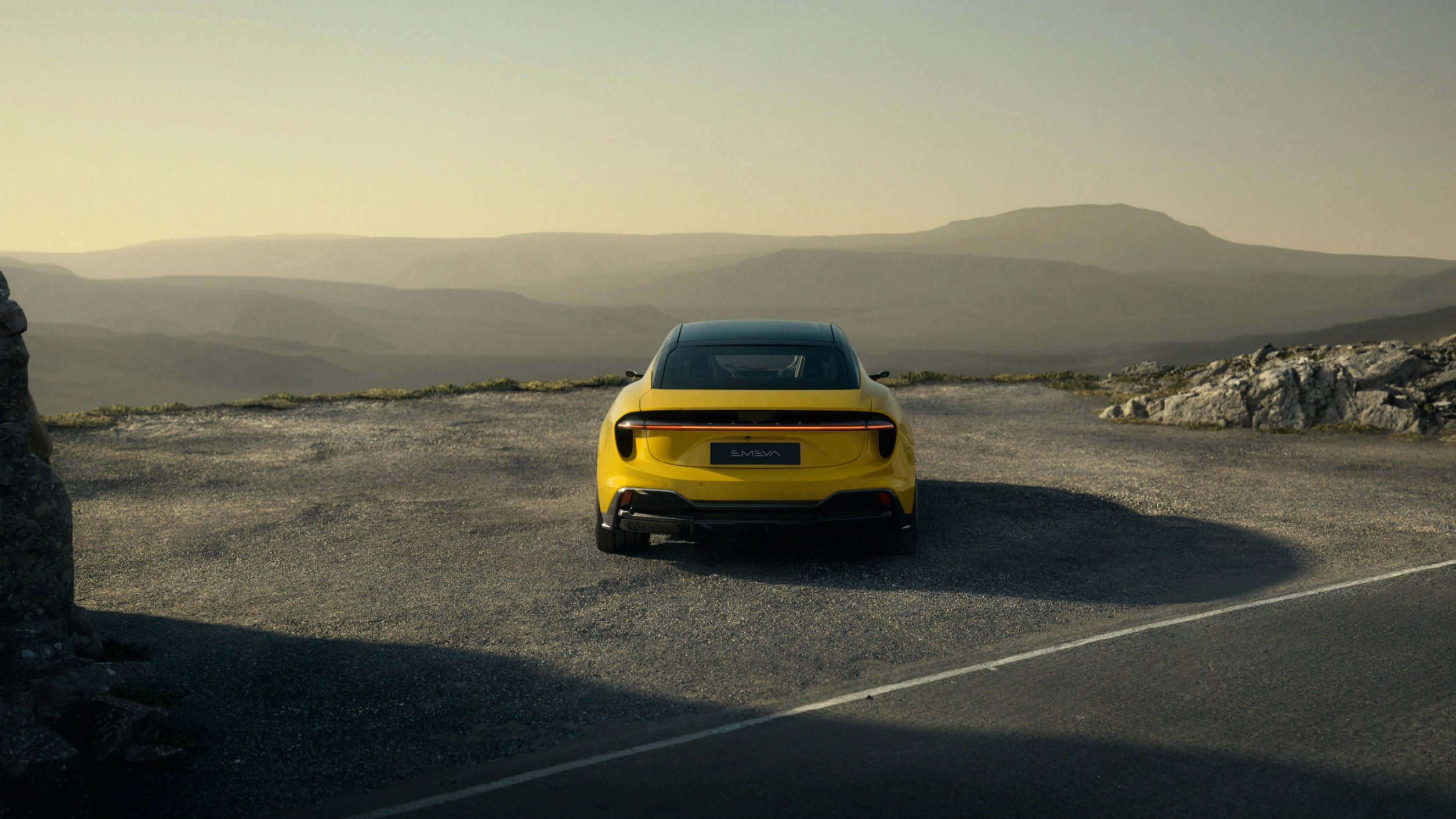 24 transportation design innovations for 2024
24 transportation design innovations for 2024From electric cars to new airports and sports boats, here’s a non-exhaustive list of 24 of the most interesting transportation design innovations to expect in the coming year
-
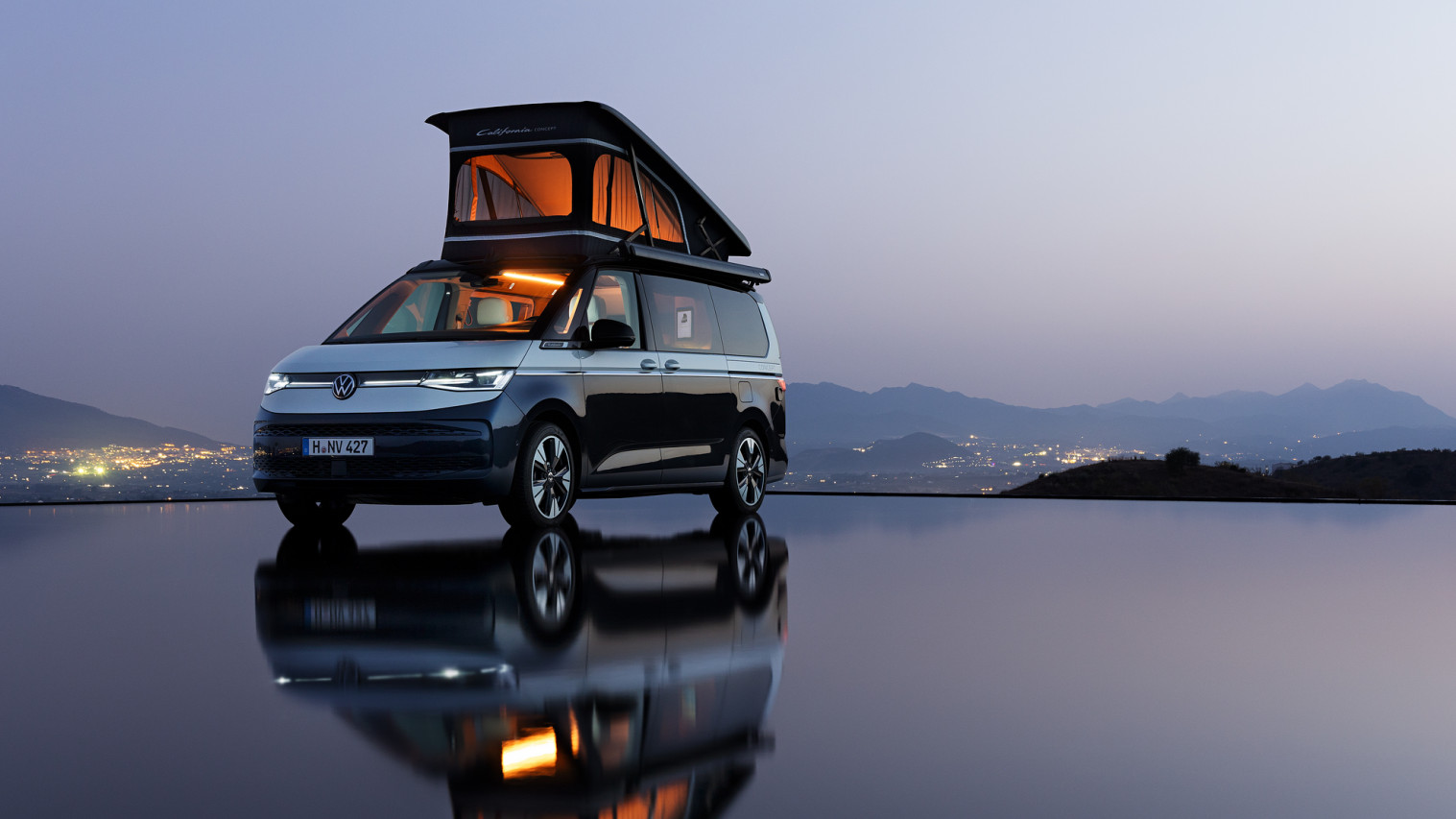 Four new compact camper vans showcase the best in modest mobile home design
Four new compact camper vans showcase the best in modest mobile home designVolkswagen, Citroën, Ford and Mercedes-Benz showcase their latest takes on contemporary van living
-
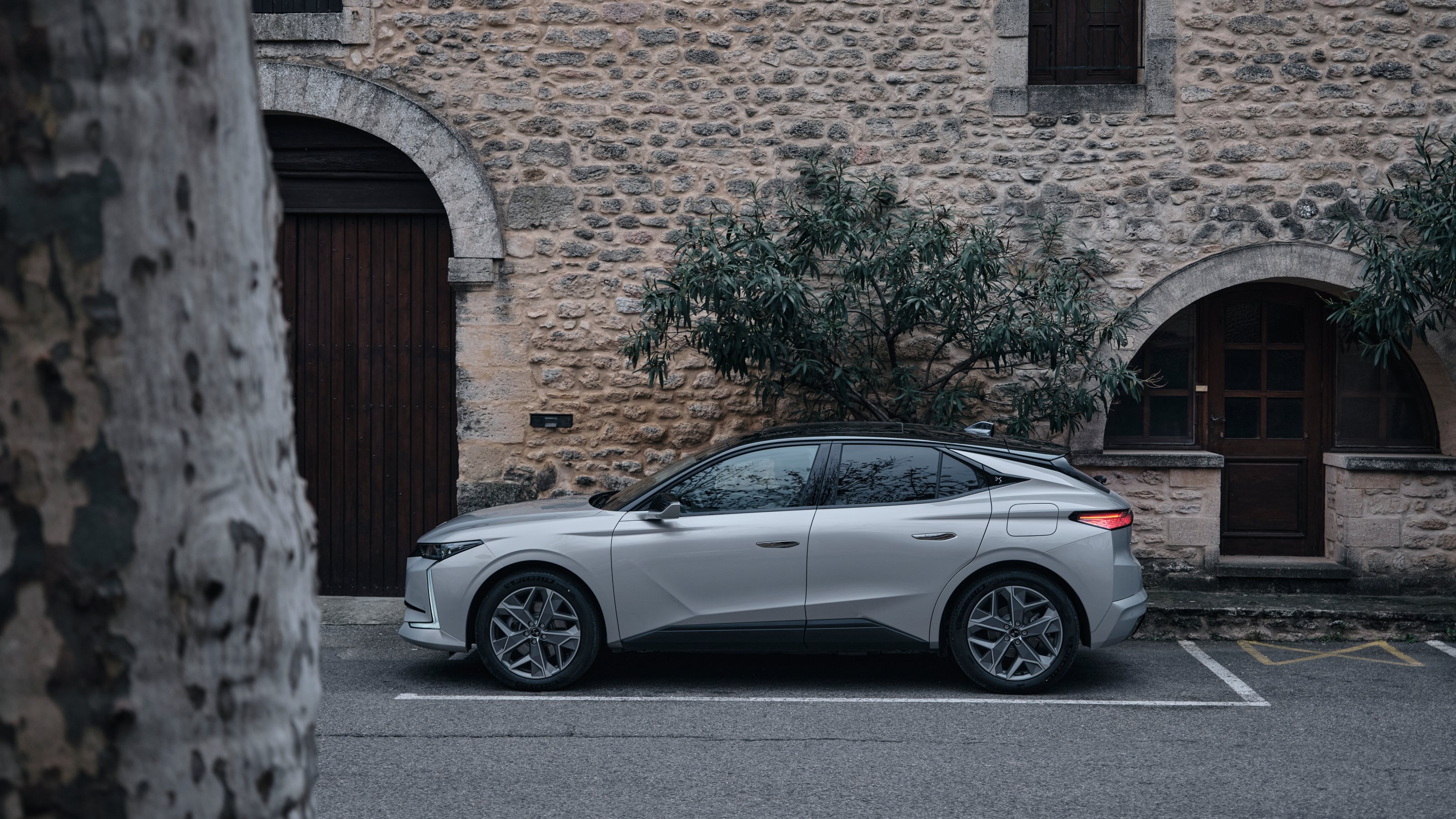 The DS 4 exemplifies mass-market luxury, cramming features and frivolity into an excellent all-rounder
The DS 4 exemplifies mass-market luxury, cramming features and frivolity into an excellent all-rounderDS Automobiles finds its form with the DS 4, a mid-range hybrid with a smart mix of driving refinement and design eccentricity
-
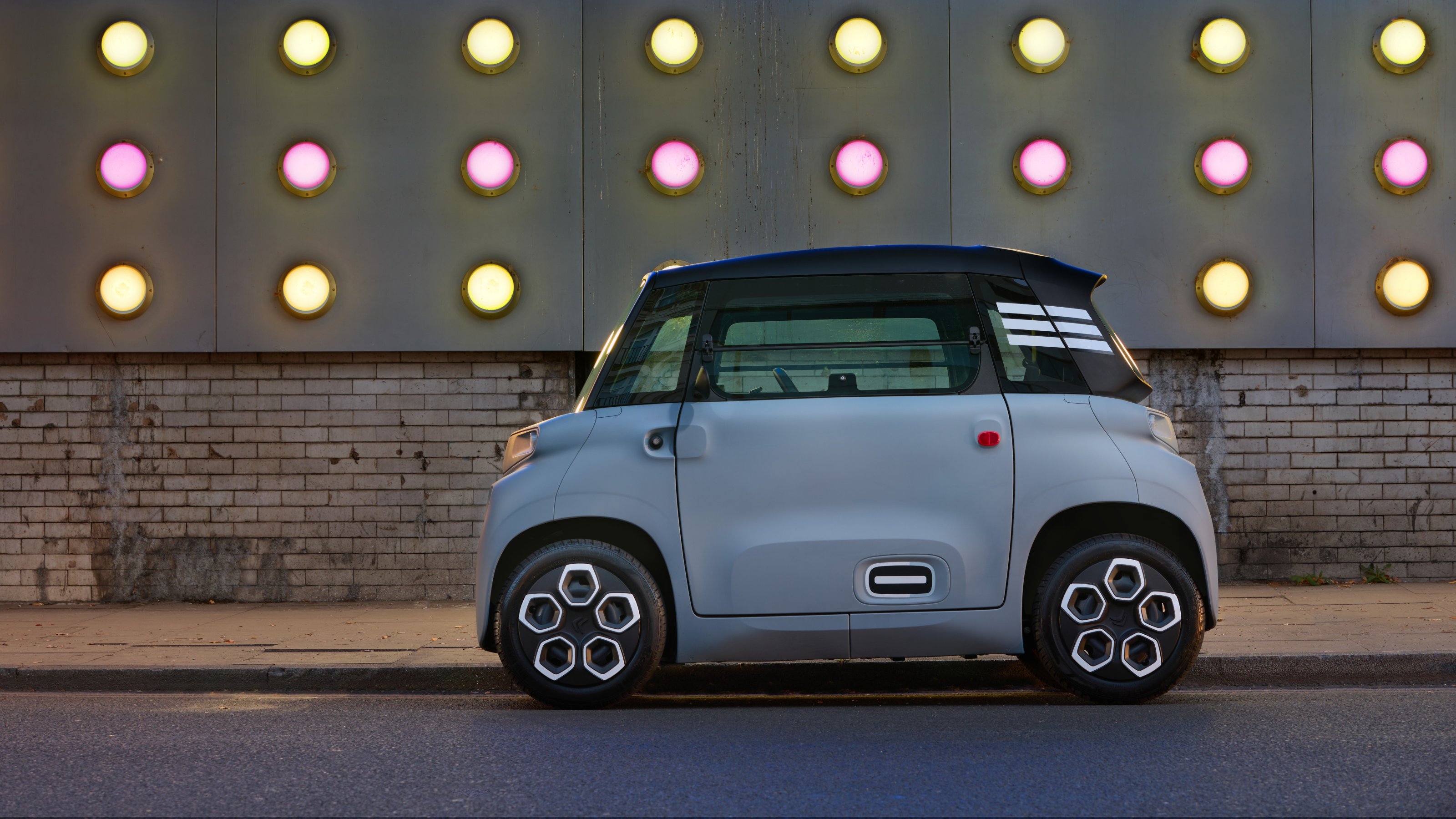 All hail the small scale: Wallpaper* takes a trip inside Citroën’s diminutive new Ami
All hail the small scale: Wallpaper* takes a trip inside Citroën’s diminutive new AmiThe Citroën Ami is small but perfectly formed, albeit a little rough around the edges. For short city hops, it’s hard to beat